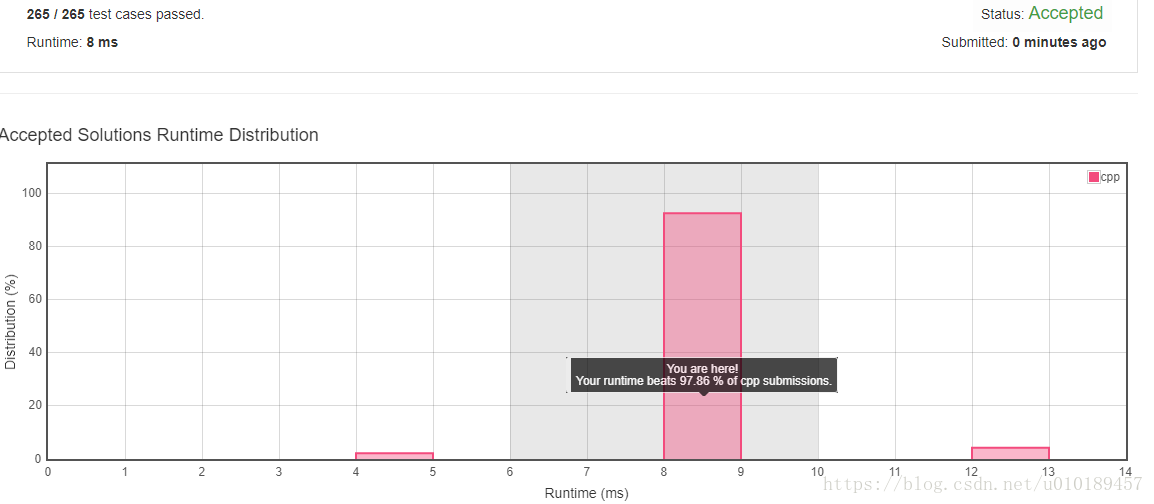题目:
Implement next permutation, which rearranges numbers into the lexicographically next greater permutation of numbers.
If such arrangement is not possible, it must rearrange it as the lowest possible order (ie, sorted in ascending order).
The replacement must be in-place and use only constant extra memory.
Here are some examples. Inputs are in the left-hand column and its corresponding outputs are in the right-hand column.
1,2,3 → 1,3,2
3,2,1 → 1,2,3
1,1,5 → 1,5,1思路:
解该题的关键在于理解题意,有篇分析该题目的博客介绍得比较清楚:分析;
提示:从后往前找数值下降点。
代码:
class Solution {
public:
void nextPermutation(vector<int>& nums) {
if(nums.size() <= 1)return;
if(nums.size() == 2){
swap(nums[0], nums[1]);
return;
}
for(int i = nums.size()-2; i > 0 ; --i){
if(nums[i] < nums[i+1]){
for(int j = i+1; j < nums.size(); ++j){
if(nums[i] >= nums[j]){
swap(nums[i], nums[j-1]);
sort(nums.begin()+i+1, nums.end());
return;
}
if(j == nums.size()-1){
swap(nums[i], nums[j]);
sort(nums.begin()+i+1, nums.end());
return;
}
}
}
}
int id = -1, minv = INT_MAX;
for(int i = 1; i < nums.size(); ++i){
if(nums[i] > nums[0] && minv > nums[i]){
id = i;
minv = nums[i];
}
}
if(id != -1){
swap(nums[0], nums[id]);
sort(nums.begin()+1, nums.end());
return;
}
sort(nums.begin(), nums.end());
}
};结果:









 本文介绍了一个C++实现的nextPermutation函数,该函数用于将一组数字重新排列为字典序中下一个更大的排列。若无法实现,则将其排列为最小的可能顺序(即升序)。通过寻找数值下降点并使用原地替换和常数额外内存来解决问题。
本文介绍了一个C++实现的nextPermutation函数,该函数用于将一组数字重新排列为字典序中下一个更大的排列。若无法实现,则将其排列为最小的可能顺序(即升序)。通过寻找数值下降点并使用原地替换和常数额外内存来解决问题。
















 511
511

 被折叠的 条评论
为什么被折叠?
被折叠的 条评论
为什么被折叠?








